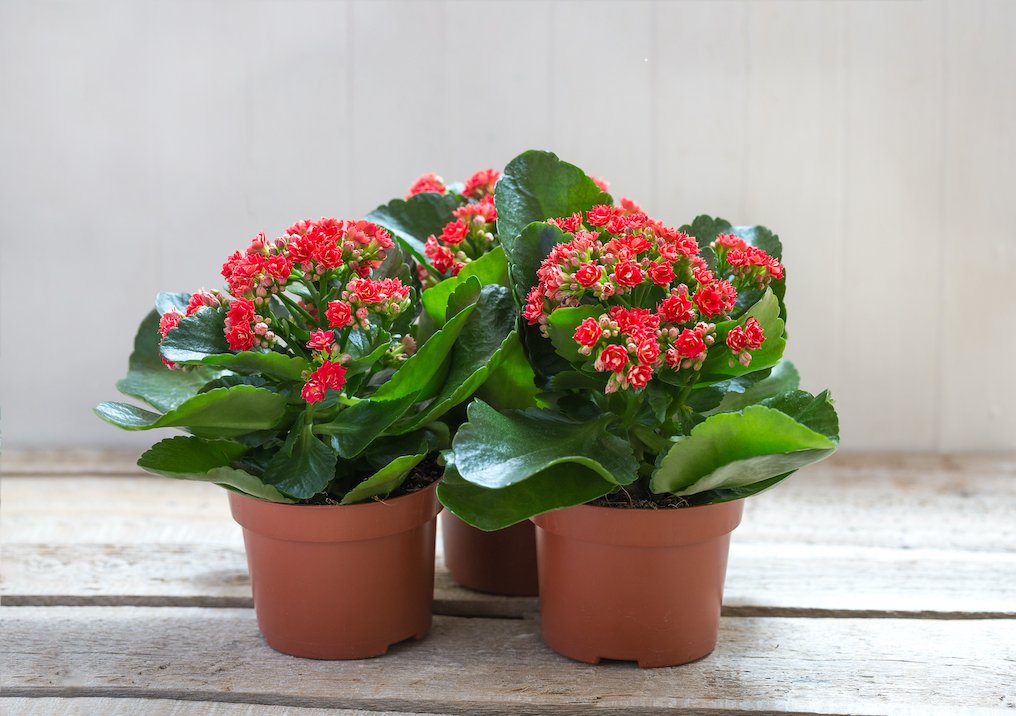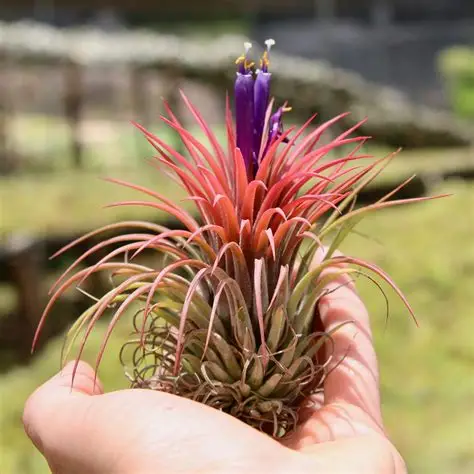For many succulent lovers, rainy seasons and low-light environments present a unique challenge. These hardy plants are typically associated with sunshine and arid landscapes—but that doesn’t mean they can’t thrive during darker, wetter months.
With a bit of thoughtful care and the right plant selection, you can keep your succulent garden vibrant even through gloomy days.
In this guide, we’ll explore the best succulents for low light rainy seasons, how to adjust your care routine, and smart strategies to keep your plants thriving when sunshine is scarce.
Whether you’re growing succulents on a shaded patio, a rainy balcony, or an overcast windowsill, this article will help you create a resilient, beautiful indoor oasis.
Understanding the Challenge: Rain and Low Light for Succulents
Succulents are often misunderstood as strictly desert dwellers, but many species adapt well to cooler, cloudier environments. However, persistent moisture and lack of light can increase the risk of rot, fungal growth, and slow or leggy growth.
Excessive rain can oversaturate the roots, leading to fungal infections or rot—especially in pots without proper drainage. Low light, on the other hand, can cause succulents to stretch out (a process called etiolation) as they reach toward a light source.
To keep your succulents healthy, you need to balance water retention with air flow, and supplement or maximize the light they receive.
Top Succulents That Handle Low Light and Rainy Conditions
Not all succulents are sunshine addicts. Here are a few species that tolerate low light and moisture better than others:
1. Haworthia

These small, shade-loving succulents are perfect for rainy days. With their tight rosettes and varied textures, they’re easy to maintain and don’t mind indirect light.
2. Gasteria
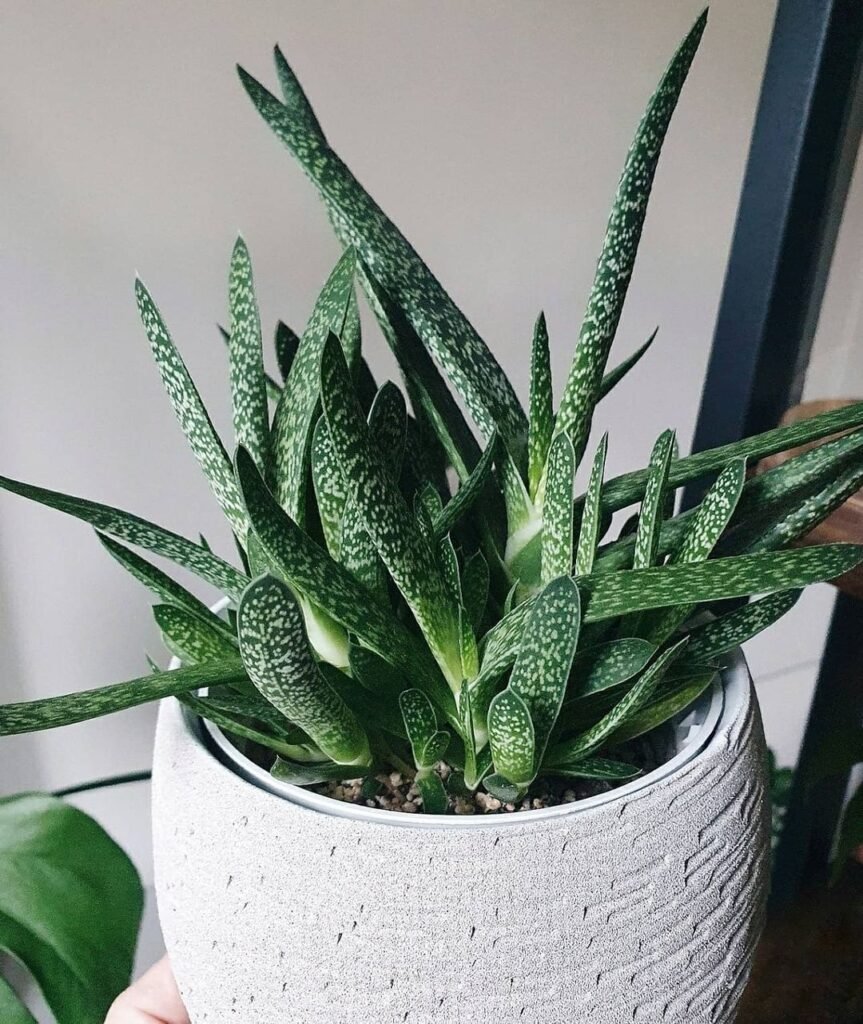
Similar to Haworthia in care, Gasteria are known for their thick, tongue-shaped leaves and their ability to grow happily on dim windowsills. They’re slow-growing and incredibly forgiving.
3. Snake Plant (Sansevieria)
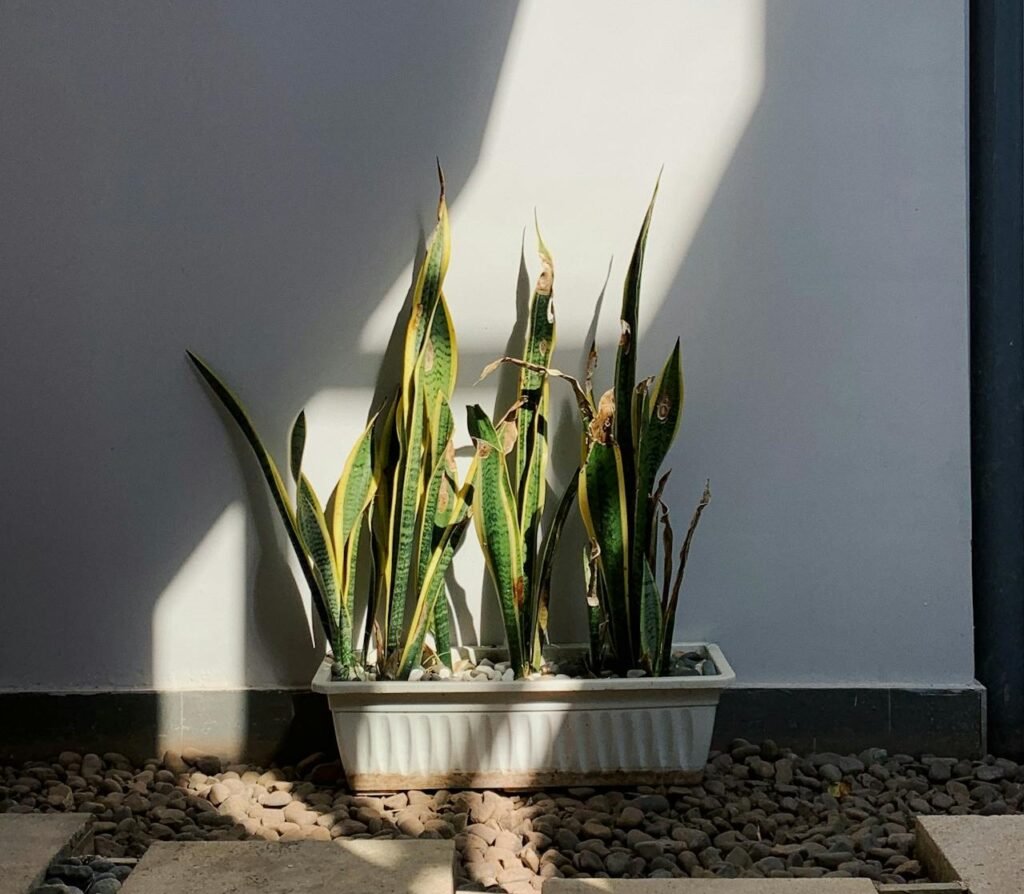
Technically a succulent, this architectural plant thrives in low light and is exceptionally drought-tolerant.
It’s one of the most beginner-friendly options for overcast climates.
4. Jade Plant (Crassula ovata)
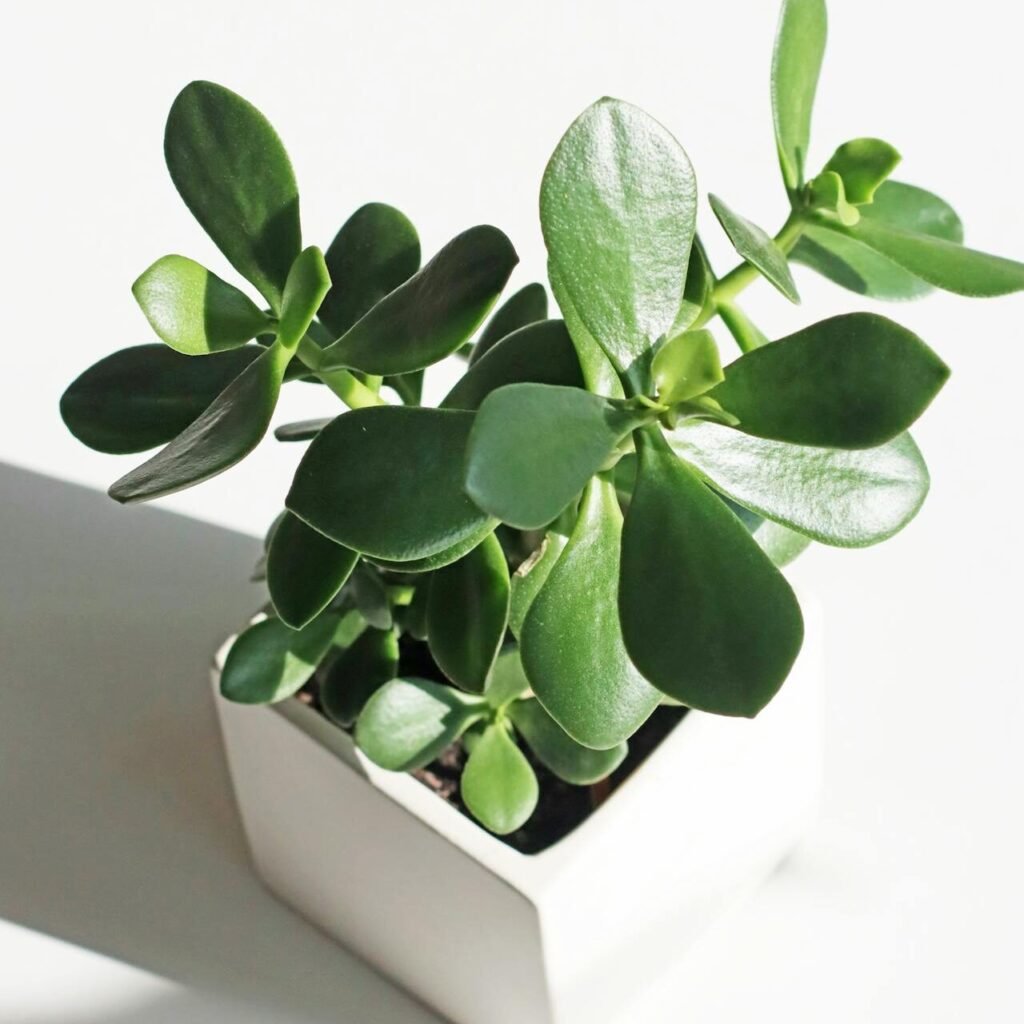
Jade plants can adjust to a range of lighting, including filtered indoor light.
During rainy seasons, reduce watering and let the soil dry completely between sessions.
5. Panda Plant (Kalanchoe tomentosa)
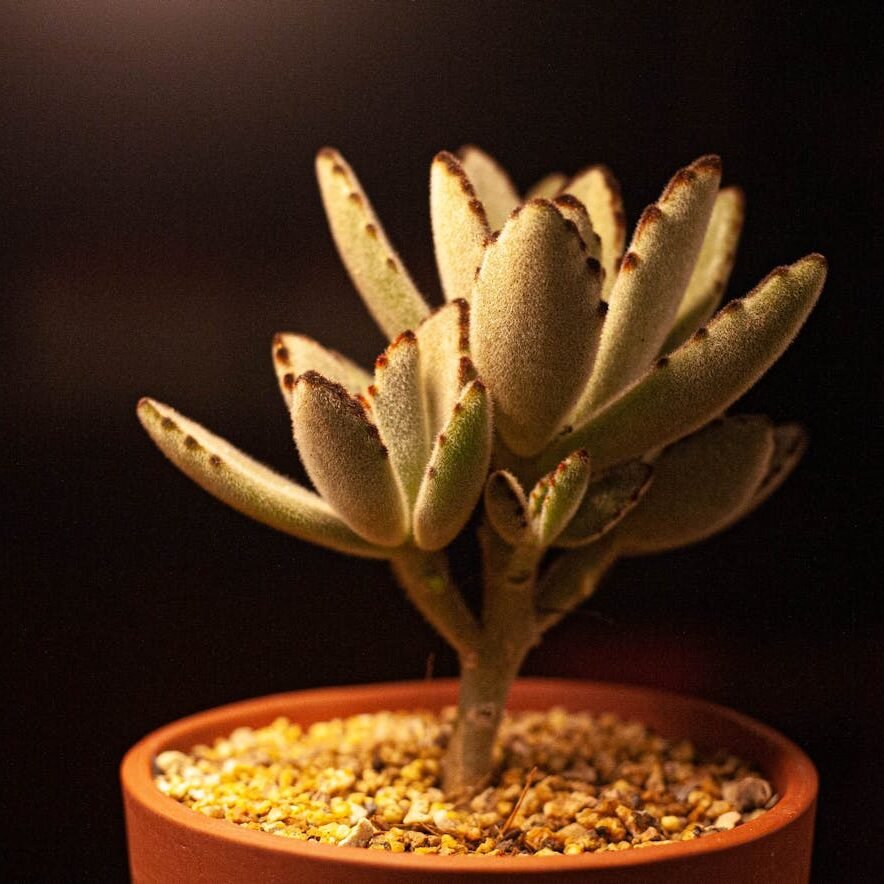
This fuzzy-leafed succulent is a charming addition to any rainy-day setup.
It prefers bright indirect light but tolerates low light better than many other Kalanchoes.
6. Burro’s Tail (Sedum morganianum)

A trailing succulent that can still survive in low light—just be mindful of rot, especially in rainy climates. Keep it under shelter and don’t overwater.
7. Zebra Plant (Haworthiopsis fasciata)
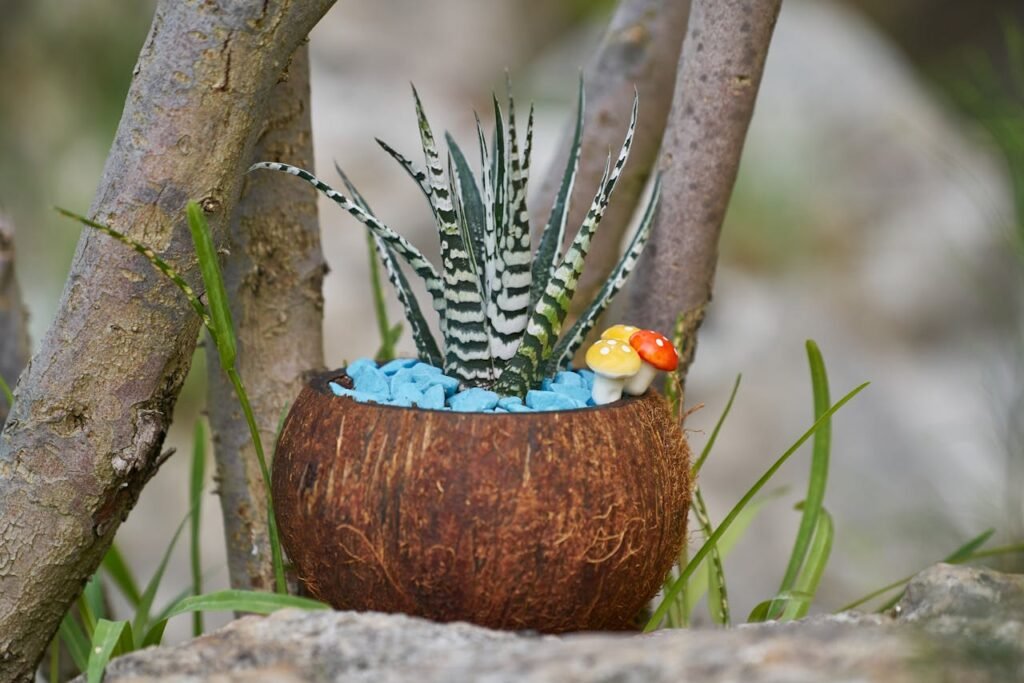
Often confused with Aloe, this compact succulent is perfect for low light and high humidity spaces like bathrooms or shaded patios.
How to Adjust Your Succulent Care Routine During Rainy Seasons
Reduce Watering Frequency
The most important tip: water less! During rainy seasons, succulents need much less moisture. In some cases, they can go for weeks without water if humidity is high.
Improve Drainage
Make sure every pot has excellent drainage. If your containers don’t have holes, add a gravel layer at the bottom and use breathable potting mixes designed for succulents.
Avoid Mist or Overhead Sprays
Many people think misting helps in humid conditions—it doesn’t. It can encourage rot or mildew. Stick to deep but infrequent watering at the base of the plant.
Increase Air Circulation
Place fans nearby or open windows when possible. Good airflow helps evaporate excess moisture and reduces fungal risks.
Use Grow Lights for Support
If light is consistently poor, invest in a full-spectrum grow light. A few hours of artificial lighting each day can help keep plants compact and healthy.
Best Soil Mixes and Potting Tips for Rainy Conditions
The foundation of a healthy succulent starts with what it’s planted in. When you’re dealing with increased humidity and low light, using the right soil mix becomes essential.
Choose Fast-Draining Soil
Use a soil blend specially made for succulents and cacti. These mixes usually contain a combination of coarse sand, perlite, pumice, and a small amount of organic material. This structure allows water to flow through quickly and prevents soggy roots.
Add Extra Perlite or Pumice
If you live in a particularly rainy region, boost drainage by mixing in additional perlite or pumice (up to 30–40% of the total mix). These materials improve aeration and help prevent soil compaction.
Avoid Peat-Based Soils
While peat holds moisture well, that’s actually a drawback in wet climates. Instead, look for coconut coir or other breathable mediums that don’t retain water as long.
Use Shallow, Wide Pots
Wide containers allow soil to dry faster than deep ones. Clay or terracotta pots are best for their breathability, helping to wick away excess moisture naturally.
Light Strategies for Gloomy Days
Even during rainy seasons, succulents need some level of brightness. Here’s how to help your plants get the most out of limited light.
Maximize Natural Light
Move your succulents closer to bright windows. East- or south-facing windows tend to provide the most gentle and consistent light during overcast weather. Clean your windows regularly—dust can reduce the available light significantly.
Rotate Regularly
To prevent uneven growth, rotate pots every few days. This helps the plant maintain a balanced shape instead of stretching toward one direction.
Use Reflective Surfaces
Mirrors, white walls, or even light-colored pebbles placed near your plants can bounce extra light around and boost exposure without increasing intensity.
Introduce Supplemental Grow Lights
When natural light just isn’t enough, especially in winter or in northern regions, add a full-spectrum grow light. Position it 6–12 inches above the plants and run it for about 6–8 hours a day.
Smart Maintenance Tips for Rainy Season Succulents
Prune Damaged or Mushy Leaves
Constant humidity can cause soft or translucent leaves—an early sign of rot. Trim these off immediately with clean scissors to stop the spread.
Check for Mold or Fungus
Keep an eye on soil and lower leaves for white fuzz or discoloration. Remove any affected material and allow the pot to dry out thoroughly.
Let Soil Completely Dry Before Watering Again
Use the “poke test” by sticking your finger or a wooden stick into the soil. If it feels damp below the surface, hold off on watering for a few more days.
Avoid Fertilizing in Low Light
Succulents don’t grow rapidly during dark, wet months. Skip the fertilizer to avoid pushing growth when the plant isn’t ready to support it.
How to Rescue Succulents Suffering from Rainy Weather Stress
If your succulent looks unhappy despite your best efforts, don’t panic—many issues are reversible.
Signs of Trouble
- Mushy or transparent leaves
- Black spots on stems
- Leaning or stretching growth
- Foul smell from the pot (indicating root rot)
What to Do
- Repot immediately if you suspect root rot—trim away any dark, mushy roots.
- Allow to air out for a day before replanting in dry, fresh succulent soil.
- Cut off leggy stems and propagate them in a drier, brighter space.
Succulents are resilient by nature. With a little care and quick response, they often bounce back beautifully.
Design Ideas for Rainy Season Succulent Arrangements
Low-light seasons don’t have to mean dull indoor spaces. With a bit of creativity, you can style your succulents into beautiful displays that thrive even during the gloomiest months.
Tabletop Dish Gardens
Group small succulents like Gasteria, Haworthia, and Jade Plant cuttings in a shallow ceramic or terracotta dish. Use decorative pebbles and moss to fill in gaps, keeping airflow between the plants. These arrangements are easy to maintain and brighten up any coffee table or work desk.
Moss Wall Planters with Succulent Cuttings
Use a vertical frame filled with sphagnum moss and wire mesh to nestle in small succulent cuttings. Choose those that do well in humidity, such as Peperomia graveolens or Kalanchoe. Hang it near an indirect light source and mist occasionally for a lush, green look.
Minimalist Shelf Displays
Stick to a neutral palette—white or grey planters with clean lines—and position them on open shelves in kitchens, bathrooms, or bedrooms. Go for symmetry and simple pairings like Haworthia fasciata next to a candle or book.
Terrarium-Inspired Glass Containers
While fully closed terrariums can be too humid for succulents, open glass bowls or jars work beautifully for low-light setups. Just make sure to layer the bottom with gravel and charcoal, and plant humidity-tolerant species like Aloe juvenna or Tiger Tooth Aloe.
Best Companion Plants for Low-Light Succulents
Pairing your succulents with other low-light houseplants can create balance and visual interest—just be sure their care needs align.
ZZ Plant (Zamioculcas zamiifolia)
ZZ plants are practically indestructible and do well in very low light. Their glossy green leaves add lush texture beside muted succulent tones.
Pothos (Epipremnum aureum)
Great for trailing over the edge of shelves or pots, Pothos thrive in similar low-light settings. Keep it in a separate pot or let it mingle with succulents that can tolerate a bit more moisture.
Air Plants (Tillandsia)
While not true succulents, air plants love humid environments and pair nicely in glass arrangements or mounted displays with other small succulents.
Boosting Indoor Conditions During Rainy Seasons
You might not control the weather, but you can improve your indoor environment to help succulents cope better with long, damp days.
Use a Small Dehumidifier
Place one in the room where most of your succulents live to reduce excessive air moisture. This is especially helpful in windowless bathrooms or kitchens.
Ventilate Often
Even during light rain, open windows occasionally to allow air exchange. Good ventilation helps prevent fungal growth and mold.
Use Pebble Trays
Set your pots on a shallow tray filled with pebbles and a small amount of water. This technique is typically used to raise humidity, but in this case, leave the tray dry—the pebbles will keep pots raised and away from pooling water.
When to Move Succulents Outdoors Again
Once the rainy season ends and light levels increase, it’s time to transition your plants back to their sunnier spots—carefully.
Acclimate Slowly
Don’t move them straight from dark corners to full sun. Gradually increase light exposure over 7–10 days to avoid shock or sunburn.
Inspect for Rot Beforehand
Before relocating, check that no rot or fungal issues are lingering from the damp season. Trim or repot if needed.
Use Outdoor Shelters or Overhangs
If you’re in a tropical or subtropical climate where rains are frequent but brief, placing succulents under a porch or awning lets them enjoy the light without drowning in water.
Common Mistakes to Avoid in Rainy Seasons
Even experienced gardeners can slip up during extended rainy or cloudy weather. Here are some pitfalls to watch out for:
Overwatering
Just because it’s raining doesn’t mean your succulents need more water. Rainy seasons often mean more indoor humidity. Succulents need less watering during this time, not more.
Lack of Airflow
Avoid crowding your succulents together or placing them in sealed containers. Poor airflow encourages mildew, rot, and fungal outbreaks.
Ignoring Drainage
While stylish pots without drainage look nice, they can spell disaster if you’re not vigilant. Ensure every plant is in a fast-draining mix and elevate containers if necessary.
Too Little Light for Too Long
Low light is tolerable for a few weeks, but months of dimness will eventually weaken even hardy succulents. Supplement with grow lights when needed to keep your plants strong.
Quick Checklist for Rainy-Season Succulent Care
- Reduce watering frequency
- Use breathable pots (like terracotta)
- Keep plants near bright, indirect light
- Improve airflow with fans or open windows
- Elevate pots to prevent excess moisture
- Use fungicide spray if needed for early mold
FAQs About Succulents in Rainy Seasons
Can succulents survive indoors during rainy seasons?
Yes! Most succulents adapt well to indoor conditions, especially those tolerant of low light and high humidity.
How often should I water my succulents when it rains constantly?
Generally, every 2–3 weeks or only when the soil is completely dry. Always check before watering.
What succulents should I avoid during rainy weather?
Succulents like Echeveria and Sedeveria that need bright, dry environments may not thrive indoors during prolonged wet seasons.
Can I use grow lights for my succulents during gloomy months?
Absolutely. A basic LED grow light can help maintain healthy growth and prevent legginess.
Is misting a good idea in humid conditions?
No. While misting works for air plants and some tropical species, most succulents prefer dry leaves to prevent rot.
Final Thoughts: Keeping Succulents Thriving Year-Round
Succulent care during rainy, low-light seasons may seem tricky, but with the right strategies and plant choices, it becomes a creative opportunity.
From embracing humidity-tolerant varieties to styling indoor arrangements and supplementing with gentle grow lights, you can enjoy your succulents year-round—even when the skies are gray.
Think of rainy seasons not as an obstacle, but as a time to pause, adjust, and admire how adaptable these resilient plants truly are.
With a little care and planning, your indoor garden can remain lush, vibrant, and deeply rewarding no matter the weather.
